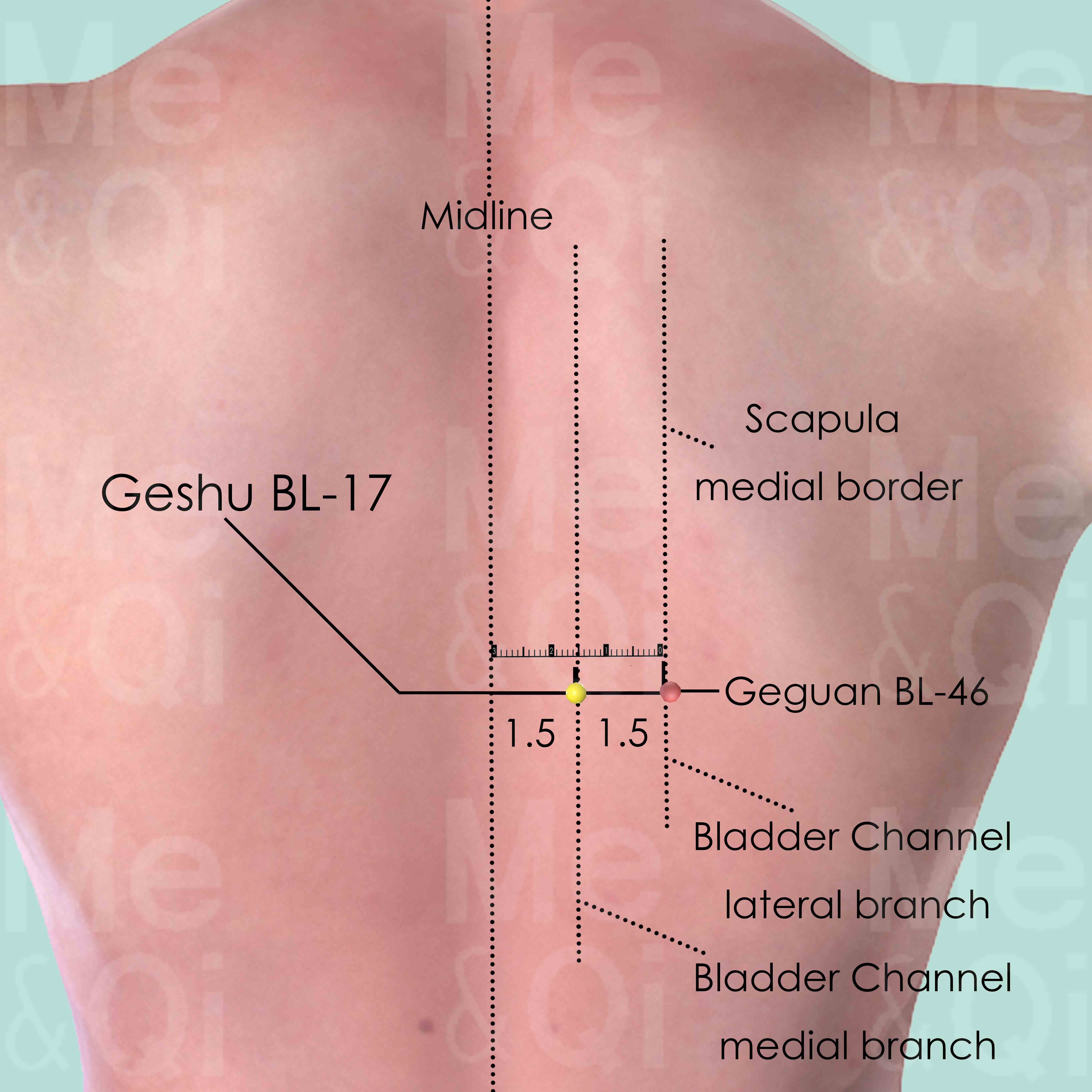Anasarcaaccording to TCM
Symptom family: Edema-associated Concerns
Parent symptom: Edema
What is Anasarca?
Anasarca, a term often met with a mix of curiosity and concern in medical discussions, refers to the severe, generalized accumulation of fluid in the body, leading to widespread swelling. This condition, beyond the typical edema, marks a significant imbalance in fluid distribution, potentially signaling underlying health issues ranging from renal failure to heart disease and more. Characterized by a profound swelling that can affect the entire body, anasarca is a symptom that prompts immediate medical attention to uncover and treat its root cause, underscoring the body's cry for help against an internal distress.
How does TCM view Anasarca?
In the eyes of Traditional Chinese Medicine (TCM), anasarca is viewed through a lens that seeks harmony and balance within the body's Qi, Blood, and Fluids. TCM does not merely see anasarca as a symptom of fluid retention but as a manifestation of deeper disharmonies within the body's energetic system.
Identifying the specific pattern of imbalance—be it a Deficiency in Qi, a Stagnation of Blood, or an invasion by external pathogenic factors—is crucial for TCM practitioners. This holistic approach enables a tailored treatment that aims not only to alleviate the swelling but also to restore the body's natural equilibrium and address the root cause of the disharmony.
Causes of Anasarca according to TCM
Traditional Chinese Medicine interprets anasarca through the prism of underlying imbalances that lead to profound fluid accumulation. Among the various patterns that might contribute to this condition, two notable causes stand out. Firstly, the concept of Dampness within the body, often due to Spleen Qi Deficiency, can lead to an inability to manage Body Fluids correctly, resulting in their accumulation.
Secondly, a weakness in the Kidney's function, responsible for Body Fluid regulation, can also manifest as widespread edema. These insights form the basis of a TCM practitioner's approach, focusing on strengthening the Spleen and Kidney functions to resolve fluid mismanagement and restore bodily harmony.
Acupoints for Anasarca
The strategic use of acupuncture in TCM offers another dimension of treatment for anasarca, with specific acupoints playing a crucial role in managing the condition. Geshu BL-17, located near the seventh thoracic vertebra, is particularly significant for its ability to invigorate Blood, cool Blood Heat, and harmonize Qi, making it a valuable point in the treatment of widespread edema.
By focusing on such acupoints, TCM practitioners aim to stimulate the body's self-healing mechanisms, encouraging the proper movement of Blood and Qi, and facilitating the resolution of fluid accumulation. This method underscores the holistic approach of TCM, targeting not just the symptoms but the underlying imbalances contributing to anasarca.
See more details below about Geshu BL-17, an acupoint used to address anasarca.
- By Meridian
- Bladder Channel

Geshu BL-17
1.5 cun lateral to the lower border of the spinous process of the 7th thoracic vertebra (T7).
TCM Herbs for Anasarca
In addressing anasarca, TCM turns to its rich pharmacopeia, selecting herbs with specific properties to target the underlying patterns of disharmony. Genkwa Flowers (Yuan Hua), known for their potent cathartic action, emerge as a key herb in treating fluid stagnation related to anasarca. By targeting the Kidney, Large intestine, and Lung, Yuan Hua facilitates the downward drainage of excess fluids, effectively addressing the root cause of fluid retention. This therapeutic strategy highlights TCM's nuanced approach, employing natural substances to gently guide the body back to its state of natural balance and wellness.
- By Herb Category
- Cathartic herbs that drain downward
Cathartic herbs that drain downward
Anasarca can be treated by these herbs when due to excess accumulation in the intestines and stomach, aiding in eliminating waste and toxins through purgation.
One such herb is Genkwa Flowers (Yuan Hua), which is directly recommended for anasarca.
